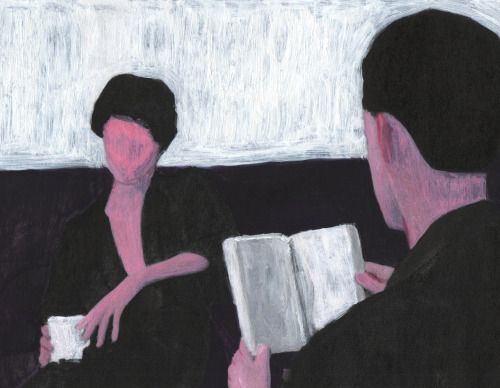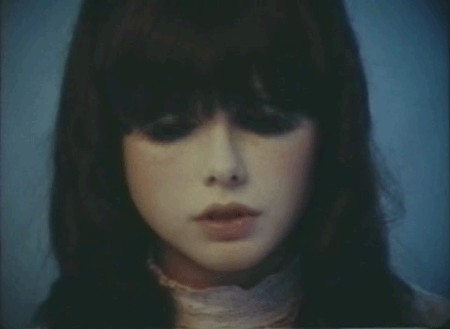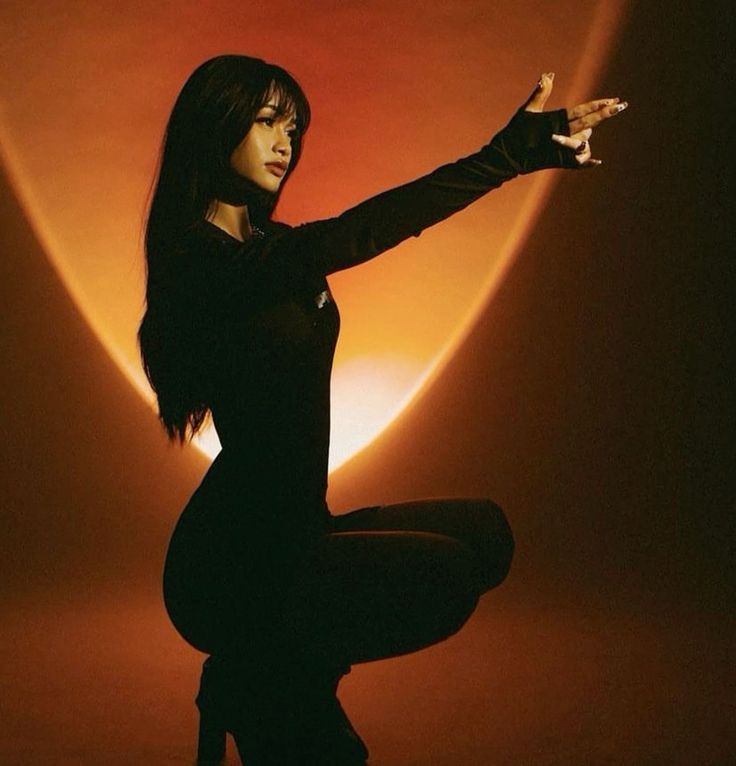
The Astrological Dynamics of Love: Understanding Synastry and Chemistry
 In astrology, it is believed that our birth charts hold valuable insights into our personalities, inclinations, and behaviors, including our patterns in love and relationships. The idea is that each individual is born with a unique “relationship profile” that can be deciphered through astrological analysis. By examining the positions of planets and their aspects in the natal chart, astrologers can gain profound insights into a person’s attitudes towards relationships and the kind of connections they are likely to attract. One of the most fascinating aspects of relationship astrology is synastry, which involves comparing the birth charts of two individuals to assess the potential dynamics and compatibility between them. Synastry can offer valuable information about how two people interact with each other, their emotional connection, and the overall chemistry they may experience.
In astrology, it is believed that our birth charts hold valuable insights into our personalities, inclinations, and behaviors, including our patterns in love and relationships. The idea is that each individual is born with a unique “relationship profile” that can be deciphered through astrological analysis. By examining the positions of planets and their aspects in the natal chart, astrologers can gain profound insights into a person’s attitudes towards relationships and the kind of connections they are likely to attract. One of the most fascinating aspects of relationship astrology is synastry, which involves comparing the birth charts of two individuals to assess the potential dynamics and compatibility between them. Synastry can offer valuable information about how two people interact with each other, their emotional connection, and the overall chemistry they may experience.
For instance, when exploring sexual chemistry between two individuals, astrologers often focus on the interplay of Venus and Mars in their charts. Venus represents love, beauty, and sensuality, while Mars signifies passion, desire, and sexual energy. When the planets Venus and Mars form significant cross-aspects in the synastry chart, it suggests a strong potential for intense physical attraction and a magnetic pull between the individuals. Couples who experience this kind of cross-aspect may describe an immediate and irresistible attraction when they first meet, and they may find it challenging to keep their hands off each other.
On the other hand, some couples may have a different experience with their attraction, feeling that something is missing or that their connection lacks the same level of intense chemistry. This can also be explained by analyzing the synastry chart and identifying the planetary aspects between the two individuals. The complexity of relationship astrology goes beyond just Venus and Mars interactions. Many other planets and their aspects play a role in shaping the dynamics of a relationship. For example, the Moon’s position in each person’s chart represents emotional needs, while Mercury’s placement indicates communication styles, which are crucial factors in maintaining healthy relationships.
Elemental compatibility is another crucial aspect of relationship astrology when assessing the synastry or chemistry between two individuals. In astrology, the four elements (Fire, Earth, Air, and Water) represent different personality traits, tendencies, and ways of expressing ourselves. Understanding the dominant elements in each person’s natal chart can shed light on the fundamental nature of the individuals involved and how they relate to each other.
Here’s a brief overview of the elements and their characteristics:
1. Fire: Represents passion, enthusiasm, creativity, and spontaneity. Fire signs (Aries, Leo, Sagittarius) are known for their adventurous spirit and energetic nature.
2. Earth: Symbolizes practicality, stability, and groundedness. Earth signs (Taurus, Virgo, Capricorn) are reliable, down-to-earth, and focused on material matters.
3. Air: Signifies intellect, communication, and social interaction. Air signs (Gemini, Libra, Aquarius) are known for their analytical thinking and love for exchanging ideas.
4. Water: Represents emotions, intuition, and sensitivity. Water signs (Cancer, Scorpio, Pisces) are deeply empathetic and in touch with their feelings.
When assessing the synastry between two individuals, astrologers pay attention to how the dominant elements in their charts interact with each other. If both partners share compatible elements, they are more likely to understand each other’s needs and communication styles. For example, a Fire-Air combination can lead to a passionate and intellectually stimulating connection, while a Water-Earth pairing may provide emotional support and stability.
On the other hand, when there are missing elements between partners, it can create an interesting dynamic. According to psychology astrology, individuals tend to seek partners who possess the missing elements, as they may feel a natural attraction to those qualities they lack within themselves. This dynamic can create a sense of balance and completion in the relationship, as each partner contributes unique strengths to the partnership.
However, it’s important to note that elemental compatibility is just one piece of the puzzle. Synastry involves a comprehensive analysis of all aspects and planetary positions between two charts to get a full picture of the relationship dynamics. Chemistry is a powerful component in a relationship because it creates the initial spark and attraction between two people. It’s the intangible connection that draws individuals together and sets the foundation for further exploration and growth in the relationship.
Here is the standard dictionary definition of Chemistry:
1. The interaction of one personality with another
2. Sympathetic understanding: rapport
3. Any and all of the elements that make up something.
Understanding why we click with certain people and why we might clash with others can be a multifaceted and challenging task. While astrology offers one perspective on these dynamics, there are various psychological and interpersonal factors that come into play in our interactions with others. Similarity and shared values are common reasons why people feel a strong connection with someone. When we find people who have a similar sense of humor, interests, or beliefs, it creates a sense of comfort and understanding, which contributes to the feeling of “clicking” with them. Shared experiences and perspectives can lead to a deeper emotional connection and a sense of belonging.
On the other hand, some individuals might bring out our less desirable traits or trigger emotional reactions in us. This can be attributed to the concept of “projection” in psychology. Sometimes, the qualities we perceive or react to strongly in others are actually reflections of unresolved issues within ourselves, often referred to as our “shadow” aspects. These aspects represent the parts of ourselves that we suppress or deny, but they can be projected onto others. In this context, Saturn and Pluto represent challenging and transformative energies, and encountering individuals who trigger these planets in our natal chart can lead to significant personal growth. In relationships, especially those that challenge us or push us to confront our shadows, there is a significant opportunity for growth and self-awareness. Engaging with someone who brings out the “worst aspects” in our personality can serve as a mirror, reflecting back the parts of ourselves that need attention and healing. By recognizing these patterns and delving into our own emotional responses, we can achieve profound personal growth and transformation.
Some individuals may have a captivating or intoxicating effect on us. Neptune’s influence is associated with dreams, illusions, and heightened emotions. When we are drawn to someone with strong Neptunian qualities, we may find ourselves entranced by their charm or infatuated by their mysterious nature. This can be both exhilarating and potentially deceiving, as Neptune can blur the lines between reality and fantasy.
Astrology is a vast and intricate field, and interpreting a synastry chart can be a complex task that requires deep knowledge and experience. However, even with limited astrological information, knowing someone’s Sun Sign can provide valuable insights into their general approach to relationships and their core personality traits. The Sun Sign represents a person’s essential self, their identity, and how they express themselves in the world. While it’s just one piece of the astrological puzzle, it carries considerable weight in shaping a person’s behavior and interactions. People often inquire about the Sun Sign of a potential partner because it offers a glimpse into their fundamental nature, helping them understand some of the basic characteristics and qualities they may encounter in the relationship.
Of course, astrology goes much deeper than just the Sun Sign, as each individual has a complete birth chart with multiple planets, signs, and aspects that influence their personality and relationship dynamics. To gain a comprehensive understanding of the relationship potential, astrologers analyze the entire synastry chart, looking at how the planets in one person’s chart interact with those in the other person’s chart. Hard aspects, such as squares and oppositions, indicate potential challenges and conflicts in the relationship. While they can present difficulties, these aspects also offer opportunities for growth and evolution. Sometimes, having someone challenge our sense of self (Sun) can lead to greater self-awareness and personal development. Relationships that generate strong energies and elicit intense reactions help us discover more about ourselves and our boundaries. They can be catalysts for self-discovery and personal growth, even if they might initially feel uncomfortable or challenging. These relationships show us what we truly desire and value, helping us understand our own individuality and what we stand for.
While astrology can be a valuable tool for gaining insights into compatibility and dynamics, it’s crucial not to become overly fixated on specific aspects or over-analyze every detail in a synastry chart. Relationships are multifaceted and intricate, and there are many successful relationships that may have challenging planetary interactions. Astrology can provide valuable information, but it should be used as a guide rather than a deterministic framework. A heavy conjunction, square, or opposition in a synastry chart doesn’t necessarily mean that the relationship is doomed to fail. There are many instances where such challenging aspects can lead to a more effective and transformative connection. Difficult aspects can offer opportunities for greater expansion, as they challenge us to confront our fears and unresolved issues.
Astrologer Liz Greene’s perspective on relationships is insightful, emphasizing that our relationships reflect back to us aspects of ourselves that may be incomplete or unacknowledged. In this way, relationships serve as mirrors, helping us learn more about ourselves and the areas in which we need to grow. Falling in love with someone might also mean falling in love with aspects of ourselves that we see reflected in them. Love and relationships can be mysterious and defy complete explanation. There is an ineffable quality to human connections that transcends astrological analysis and defies simple categorization. The unique chemistry and connection between two people often elude quantification, making each relationship a beautiful and enigmatic journey.
When approaching relationship astrology, it’s essential to remember that there’s no one-size-fits-all approach. Each relationship is a unique combination of energies, histories, and individual growth paths. Astrology can offer valuable insights, but it’s important to make some room for the mystery of love and allow space for the intangible aspects of love and human connection.
In the end, astrology can be a powerful tool for self-discovery and understanding our relationships, but it should be balanced with open-mindedness, intuition, and the acceptance that there are certain aspects of love and relationships that remain beyond the scope of astrological analysis. To be open to both the known and the unknown in relationships allows us to cultivate a deeper appreciation for the magic and complexity of human connections.
Nothing strips us so naked. Nothing is quicker to reveal the angel we hide behind our eyes, and nothing is so quick to unmask our private madnesses. Who has not been lifted high by love? Who has not felt the world change in a moment of secret tenderness? And who has not been ripped open by love and left bleeding and alone, wide-eyed at four in the morning? People speak of “fear of intimacy” as if it were some kind of modern disease. That’s lunacy. We never met anyone with enough brains to fill a teaspoon who didn’t fear intimacy. It’s dangerous. It’s an awesome force. Once we have been around love’s mulberry bush a few times, we learn that – and usually have some scars to prove it. Skymates: Love, Sex and Evolutionary Astrology



















 Scorpio’s Cold Withdrawal
Scorpio’s Cold Withdrawal
 Love’s Mirage: The Sun- Neptune Synastry Influence
Love’s Mirage: The Sun- Neptune Synastry Influence
 Full Moon in the 8th House: A Journey of Deep Introspection
Full Moon in the 8th House: A Journey of Deep Introspection
 Reflections on a Past Venus-Pluto Synastry Aspect
Reflections on a Past Venus-Pluto Synastry Aspect
 Sun Opposite Pluto Natal Aspect
Sun Opposite Pluto Natal Aspect
 Composite Sun in Houses: Part 1
Composite Sun in Houses: Part 1
 Uranus Transits the 4th House: The Chaotic Path to Personal Inner Growth
Uranus Transits the 4th House: The Chaotic Path to Personal Inner Growth
 Sun-Saturn: The Glow-Up You Didn’t See Coming
Sun-Saturn: The Glow-Up You Didn’t See Coming
 Neptune in the 7th House: A Tidal Wave of Fantasies in Relationships
Neptune in the 7th House: A Tidal Wave of Fantasies in Relationships
 Uranus in the 10th House: Changes and Breakthroughs
Uranus in the 10th House: Changes and Breakthroughs
 Sun Conjunct Mars Natal Aspect
Sun Conjunct Mars Natal Aspect
 The Progressed Moon Aspects Pluto: Emotional Déjà Vu — Haven’t We Screamed Here Before?
The Progressed Moon Aspects Pluto: Emotional Déjà Vu — Haven’t We Screamed Here Before?
 Grand Fire Trine: From Adventurous Extroverts to Visionary Introverts
Grand Fire Trine: From Adventurous Extroverts to Visionary Introverts
 Transiting Saturn Square M.C: The World Right Now Demands Authenticity and Dedication From You
Transiting Saturn Square M.C: The World Right Now Demands Authenticity and Dedication From You
 Sun Conjunct Moon Synastry: Find Out How You Really “Know” Your Partner
Sun Conjunct Moon Synastry: Find Out How You Really “Know” Your Partner
 Sun Trine Pluto Natal Aspect: The Quiet Powerhouse
Sun Trine Pluto Natal Aspect: The Quiet Powerhouse
 Sun Conjunct Neptune Natal Aspect
Sun Conjunct Neptune Natal Aspect
 Moon Square Saturn Natal Aspect
Moon Square Saturn Natal Aspect